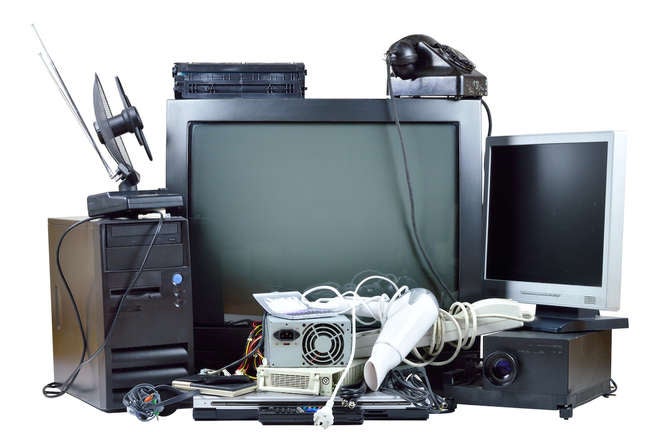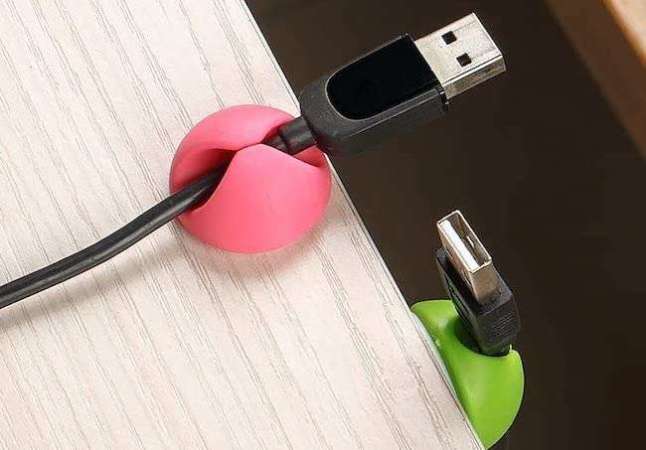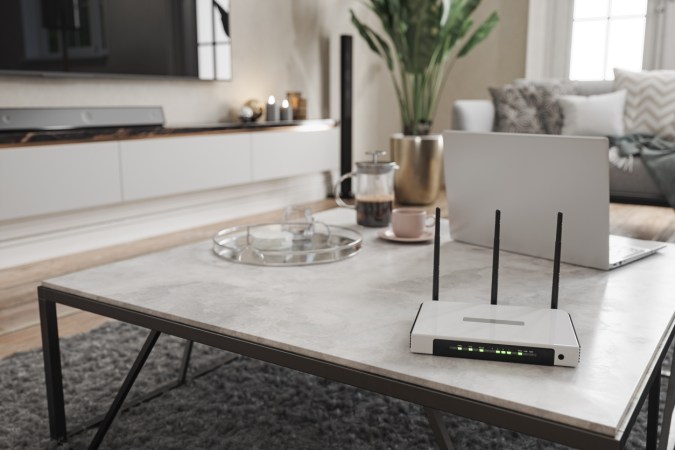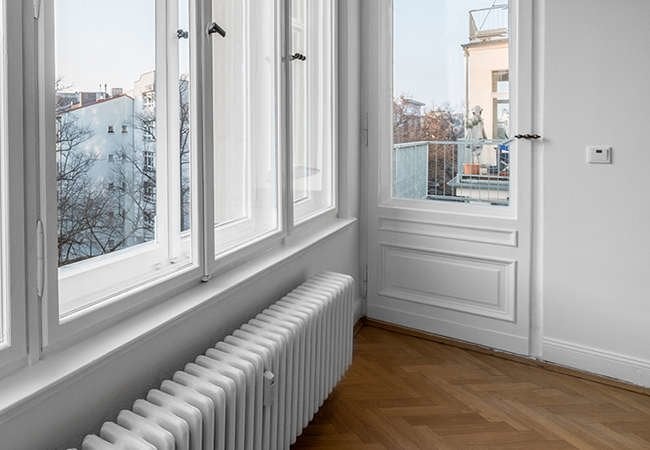We may earn revenue from the products available on this page and participate in affiliate programs. Learn More ›
When the pandemic hit and quarantine became a way of life, my family of four began working and going to school under one roof. Although we all got along, working and going to school in one home day after day started to put a strain on domestic relations. To coexist on a daily basis, we needed to get away from each other from time to time.
Unfortunately, our router wasn’t cooperating. Despite its four antennas, it struggled to reach those far corners of the house where some of us had fled to seek solitude. A $15 Wi-Fi extender turned out to be our savior.
How does a Wi-Fi extender work?
A Wi-Fi extender is sort of a mini router. It has two antennas, one that connects to the router and one that connects to your Roku, laptop, tablet, or other Wi-Fi-capable gadget. When positioned at the halfway point between the router and the dead area in the home, the extender serves as a bridge that sends the router’s signals to those devices in distant rooms.

Easy on the Budget
While I had my sights set on more expensive models that cost around $80, my wife was against spending a lot of money on an extender. Despite my misgivings about purchasing a less expensive model, we settled on the Netgear Wi-Fi Range Extender EX2700.
At the time of publication the EX2700 cost just $14.99; this price point was well below that of its competitors but had loads of positive reviews. Our house isn’t enormous, so we figured that its ability to add 800 square feet of coverage at speeds of up to 20 Mbps would be sufficient for our needs. Because the extender features WPS I knew it would be easy to set up, and it supports the standard wireless encryption protocols, so I knew it would be secure.
Installs in Minutes
The EX2700 consists of a small box about the size of a plug-in air freshener with two small antennas jutting up from the top. Because we planned on situating the extender in the hallway, I liked the fact that it was small and unobtrusive. There are four LED indicators: One for power, one for Wi-Fi security, and one each for the connection to the router and device. It also has an ethernet port for directly connecting devices, such as a TV or desktop, for faster speeds.
Installation was simple. First, I plugged in the extender near the router and pressed the WPS button. When the WPS LED indicator on the extender started flashing, I pressed the WPS button on the router. The WPS LED on the extender turned solid green, indicating that the extender had successfully connected to the router. We then moved the extender to a location roughly halfway between our router and the dead zone in our home. (Note that the extender must be plugged into an electrical outlet, so its placement is limited by the locations of outlets in the home.) When it’s plugged into a location that connects successfully to the router, the router LED on the face of the extender will light up green. If the extender doesn’t light up green, move it to a different outlet until you find a position that produces a green indicator light. Once the extender is set up, you can connect your computer or mobile device to the extended network, which will have the same name as your home’s network but with the suffix “EXT” added. This made it easy to find among the many networks in our neighborhood.
Does it work?
Let’s get down to brass tacks here. A Wi-Fi extender is only as good as its ability to expand the reach of the router. If it can’t do that, it’s really just an expensive night light. So, after I got everything connected, the kids and I manned our devices for a test drive.
The connections immediately felt faster. Pages on my computer appeared to load more quickly, there seemed to be less load time with my daughter’s angsty teen dramas, and my son’s favorite British YouTube gaming influencer was no longer laggy. But were things really better or was it just wishful thinking?

A Scientific Approach
Unsatisfied with anecdotal evidence, I looked for something more concrete. Sure, my computer was showing an excellent connection to the extender from its location in a corner of the house far, far away, but was the extender really relaying a higher internet speed? I decided to get more scientific and headed to SpeedTest.net, a free site that analyzes internet performance.
I connected to the router directly then proceeded to test the connection on the site. I recorded a maximum speed of 10 Mbps with my computer, which was registering a “fair” connection to the router (about 2 out of 4 bars). I repeated the same test, this time connecting to the extender, and recorded a speed of about 21 Mbps. The extender worked!
Final Thoughts
The EX2700 does have its limitations. It will connect only to a router’s 2.4 GHz bandwidth and is not compatible with the faster, though shorter range, 5 GHz bandwidths.
Also, although the packaging mentions Wi-Fi up to 300 Mbps, this claim is a bit deceiving. This appears to be a speed that is possible if the extender is in close proximity to the router, which would defeat the purpose of having it. Netgear actually says it works best for speeds up to 20 Mbps. With a speed range of up to 20 Mbps, the EX2700 falls well short of the speeds you’ll get connecting with extenders at the much higher $80 to $100 price point. Still, at under $15, the EX2700 is one of the least expensive means of extending a router signal (short of using aluminum soda cans).


















